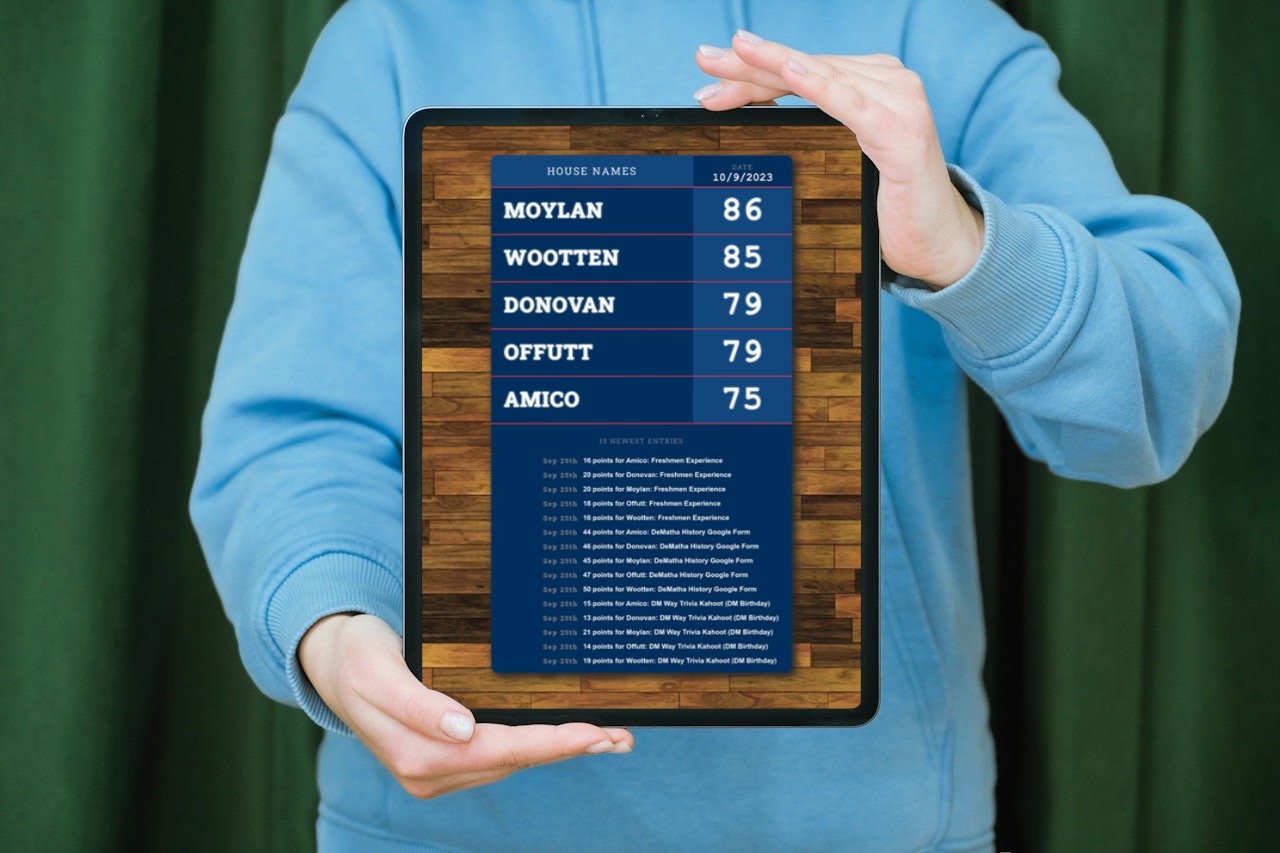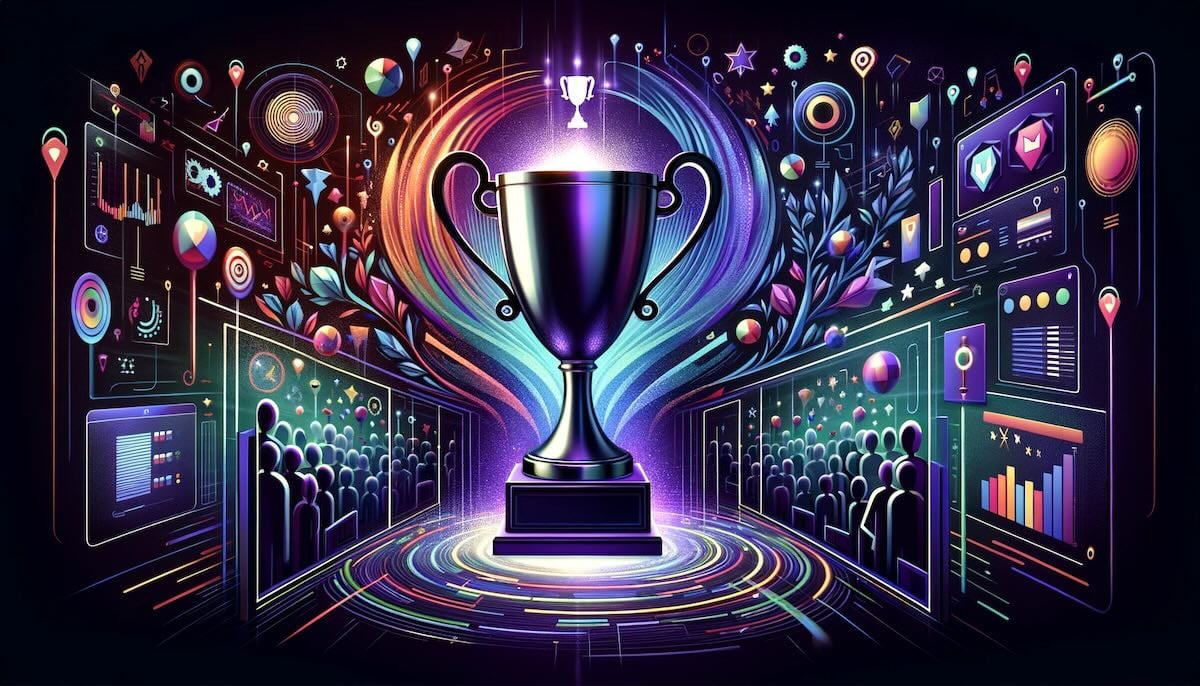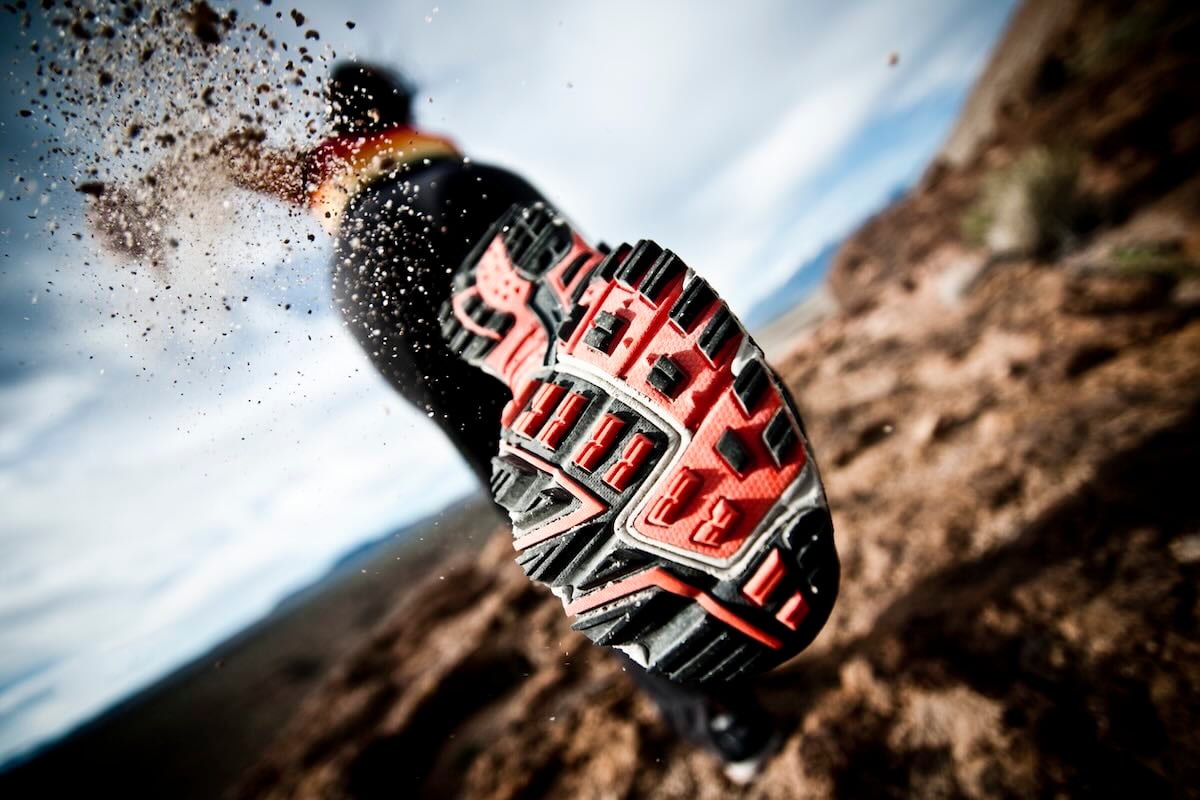What Is Gamification at Trade Shows?
Gamification applies game design elements to non-game contexts to increase engagement and participation. At trade shows and exhibitions, gamification transforms passive booth visits into interactive experiences. Digital leaderboards serve as the visual centerpiece of gamified activities, displaying real-time rankings and scores that create competition among attendees.
The psychological principle behind leaderboard effectiveness is social comparison theory. When attendees see their names displayed publicly, they experience motivation to improve their standing. This drives repeat visits to the booth and extended engagement with the brand.

Benefits of Trade Show Leaderboards
Digital leaderboards at trade show booths provide measurable benefits:
- Increased Booth Traffic: Visual displays attract attention from passing attendees
- Extended Engagement Time: Competitors return multiple times to check standings
- Data Collection: Games provide natural opportunities to capture attendee information
- Social Amplification: Participants share their scores on social media
- Memorable Brand Experience: Interactive elements create lasting impressions
Implementation requires minimal technical setup through cloud-based leaderboard platforms that integrate with existing booth infrastructure.
12 Trade Show Game Formats
Technology-Based Competitions
Virtual Reality (VR) Challenges immerse participants in branded experiences. Using VR headsets, attendees navigate virtual environments, catch objects, or solve puzzles related to your industry. Scores based on completion time or accuracy feed directly to the leaderboard.
Augmented Reality (AR) Games overlay digital elements onto the physical booth space through smartphone cameras. These include treasure hunts, product assembly simulations, or interactive brand stories that educate while entertaining.
Reaction Time Tests create fast-paced competitions using electronic buttons or sensors. Popular formats include whack-a-mole variations, pattern matching games, or reflex challenges that test hand-eye coordination.
Social Media Integration
Hashtag Contests transform attendees into brand ambassadors. Real-time monitoring software tracks posts using designated hashtags, awarding points for engagement metrics. The leaderboard displays top contributors, encouraging viral sharing.
Photo Challenges structure social content creation through specific requirements. QR codes link submissions directly to the leaderboard system for automatic scoring and immediate feedback.
Physical Skill Challenges
Product Assembly Races demonstrate product features through hands-on competition. This format works particularly well for companies with physical products or complex solutions.
Arcade-Style Games modified with company branding provide familiar competitive formats. Classic games like Pac-Man, pinball, or racing games maintain professional presentation while attracting diverse demographics.
Dance or Movement Competitions using motion-sensing technology create energetic booth atmospheres. Scoring based on accuracy, creativity, or audience response maximizes both participation and spectating value.
Knowledge-Based Activities
Speed Surveys gamify market research by challenging participants to answer questions quickly and accurately. The competitive element transforms mundane surveys into engaging experiences while educating about products.
Memory Challenges display sequences of products or information briefly before testing recall. This format effectively highlights product portfolios while creating genuine competition.
Creative Competitions
Design Challenges provide digital tablets or materials for creating brand-related artwork. Peer voting or judge selection determines rankings, generating valuable user-created content.
Product Demonstration Contests invite attendees to showcase innovative product uses. Video recordings enable sharing beyond the event while demonstrating product versatility.
Implementation Case Study
Unique Ideas, an event entertainment company, transitioned from physical to digital leaderboards for their trade show activities. Results included:
- 40% increased participant engagement
- Simplified score management for booth staff
- Enhanced data collection capabilities
Their implementation freed staff for customer interactions while maintaining competitive excitement through real-time updates.
Digital Leaderboard Setup Process
Cloud-based leaderboard systems enable rapid deployment without technical expertise. The process involves:
Configuration Steps:
- Platform Selection: Choose appropriate leaderboard format (points-based, time-based, achievement-based)
- Customization: Apply company branding, colors, and logos
- Access Methods: Generate QR codes for mobile access or display URLs
- Input Systems: Configure score entry via tablets, smartphones, or automated sensors
- Display Options: Set up large screens, projection systems, or distributed mobile viewing
Key Features for Trade Shows:
- Real-time Updates: Instant score changes maintain excitement
- Mobile Entry: Staff update scores from any device
- QR Code Generation: Attendees scan to view standings on personal devices
- Social Sharing: Built-in sharing buttons for social media amplification
- Data Export: Capture participant information for post-event follow-up
Detailed customization options are available in the customization guide.
Best Practices for Trade Show Leaderboards
Successful implementations follow these principles:
- Prize Structure: Offer multiple prize tiers to maintain engagement beyond top performers
- Time Limits: Reset leaderboards periodically (hourly/daily) for fresh opportunities
- Staff Training: Ensure booth personnel understand game rules and scoring systems
- Visibility: Position displays at eye level with adequate lighting
- Integration: Connect leaderboard activities to product demonstrations or key messages
Additional Booth Management Tools
For high-traffic booths, combine leaderboards with virtual queue management systems to organize participant flow and reduce wait times. This integration ensures smooth operations while maintaining competitive excitement.
Trade show leaderboards transform traditional booth experiences into memorable interactive events. The combination of competition, technology, and brand messaging creates lasting impressions that extend beyond the event through social sharing and continued engagement.



